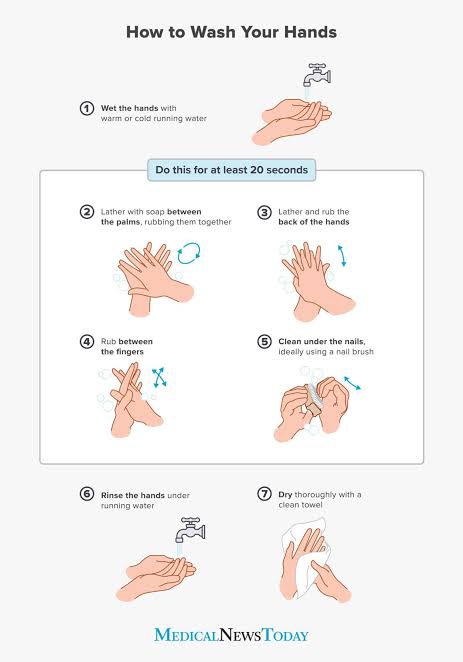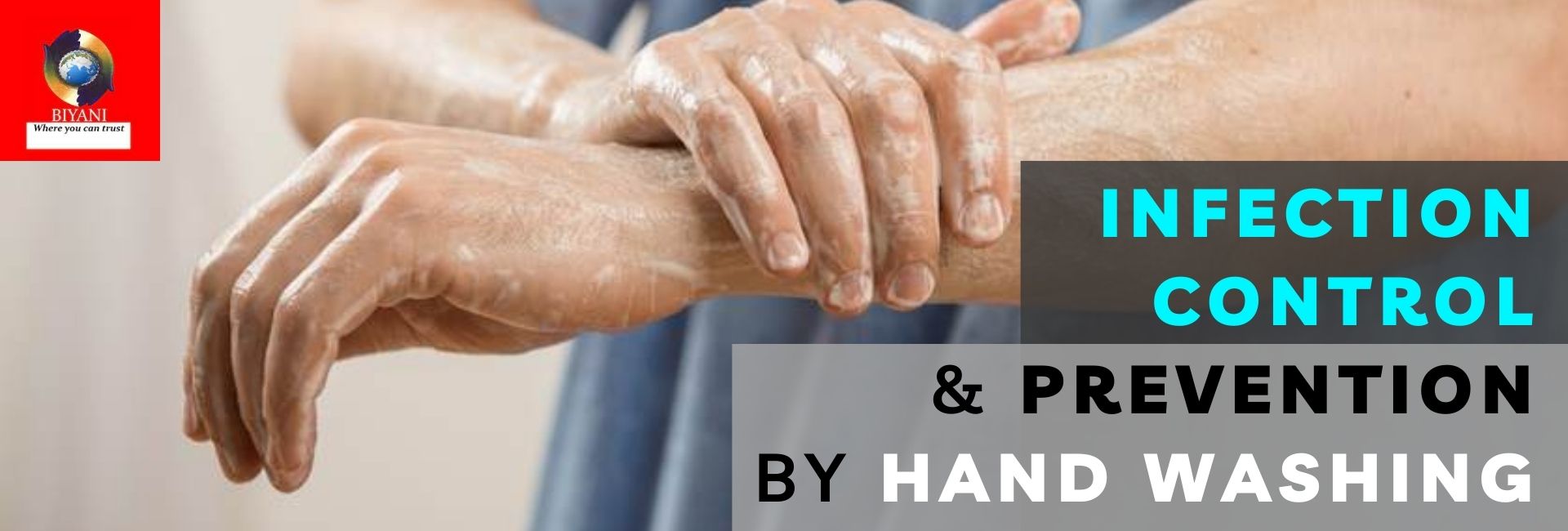INTRODUCTION
Hey there, I hope you’re doing good. We all are familiar with the role of hygiene in our lives. Today, you’ll read about Infection Control and Prevention by Hand Washing. This blog is all about the indications, purposes, and assessment of infection control. Keep reading till the end of the blog.
ACTUAL MEANING of Hand Washing
Basically, Hand washing is a vigorous, brief rubbing together of all surfaces of hands lathered in soap followed by rinsing under a stream of water. Medical and surgical hand washing are the two different types of hand washing, on the basis of duration and purpose of handwashing.
- Medical hand washing is done in all noninvasive procedures
- Surgical hand washing is done in all invasive procedures.
INDICATIONS for Infection Control
- Before contact with patients who are susceptible to infection (newborn infants and immune-compromised patients).
- After eating for an infected patient.
- After touching organic material.
- Before performing an invasive procedure such as IV cannulation, suctioning‚ catheterization.
- Before and after handling, dressing, or touching open wounds.
- After handling contaminated equipment.
- Between context with different patients in high-risk units.
PURPOSES of Hand washing for Infection Control
- To reduce the number of microorganisms on the hands.
- To reduce the risk of transmission of microorganisms to patients.
- To reduce the risk of cross-contamination among patients.
- To reduce the risk of transmission of infectious organisms to oneself.
ASSESSMENT
Determine the patient’s
- presence of factors that increases susceptibility to infection.
- Use of immune-compromised medications.
- Recent diagnostic procedures that penetrated the skin or a body cavity.
- Current nutritional status.
- Signs and symptoms indicate the presence of an infection.
ARTICLES for Hand Washing
- A source of running water to wash hands thoroughly.
- An Antimicrobial soap to remove the microbes and dirt from hands.
- Towel to dry hands.
STEPS FOR INFECTION CONTROL AND PREVENTION BY HANDWASHING
- Firstly, Inspect the surface of hands for breaks/cuts, and cover lesions before providing patient care.
- Secondly, Inspect the condition of the nails, should not be long, and do not wear artificial nails or extensions.
- Thirdly, Remove the wristwatch and push long uniform sleeves above wristwatch. Remove all jewellery from hands such as rings, bracelets, etc.
- Meanwhile, stand in front of the sink, keeping hands and uniform away from sink surfaces.
- Turn on the water, and avoid splashing water against the uniform.
- Wet hands and wrist thoroughly under running water. Keep hands and forearms lower than elbows during washing.
- Apply a small amount of soap or antiseptic, lathering thoroughly.
- Wash hands using plenty of lather and friction for at least 3 minutes
- Seven steps of hand washing :
Palm to palm
Steps:
1. Firstly,
2. Secondly, Palm to palm finger interlaced
3. Left palm over the right dorsum and right palm over the left dorsum
4. Back of fingers to opposing palm with finger interlocked
5. Rotate the left thumb with a right hand and right thumb with the left hand
6. Rub left-hand fingertip over the right palm and repeat vice-versa
7. Then, Rotate the wrist - Rinse hands and wrists thoroughly, keeping hands down and elbows up.
- Turn off the water using a paper towel
- Dry hands thoroughly from fingers to wrists and forearms with a towel or warm hair dryer.
- Lastly, Discard used towels.
Thank you for reading our blog.
Kindly, share it with ‘Nursing students’ & ‘Hygiene lovers’.
Blog by: Ms. Rumana Ali
Biyani Group of Colleges, Jaipur
CLICK HERE
to pursue your Graduation by sitting at your home.

